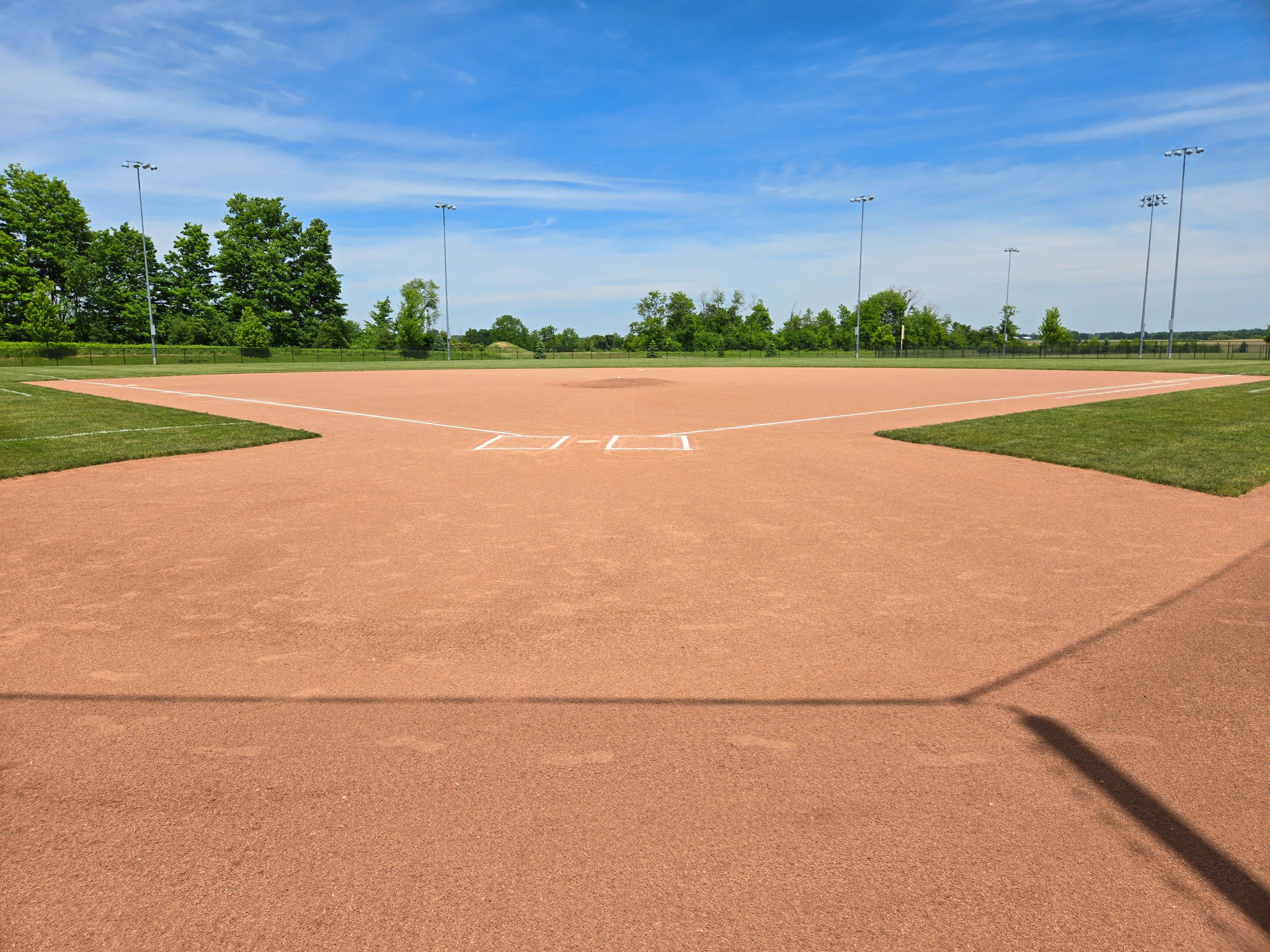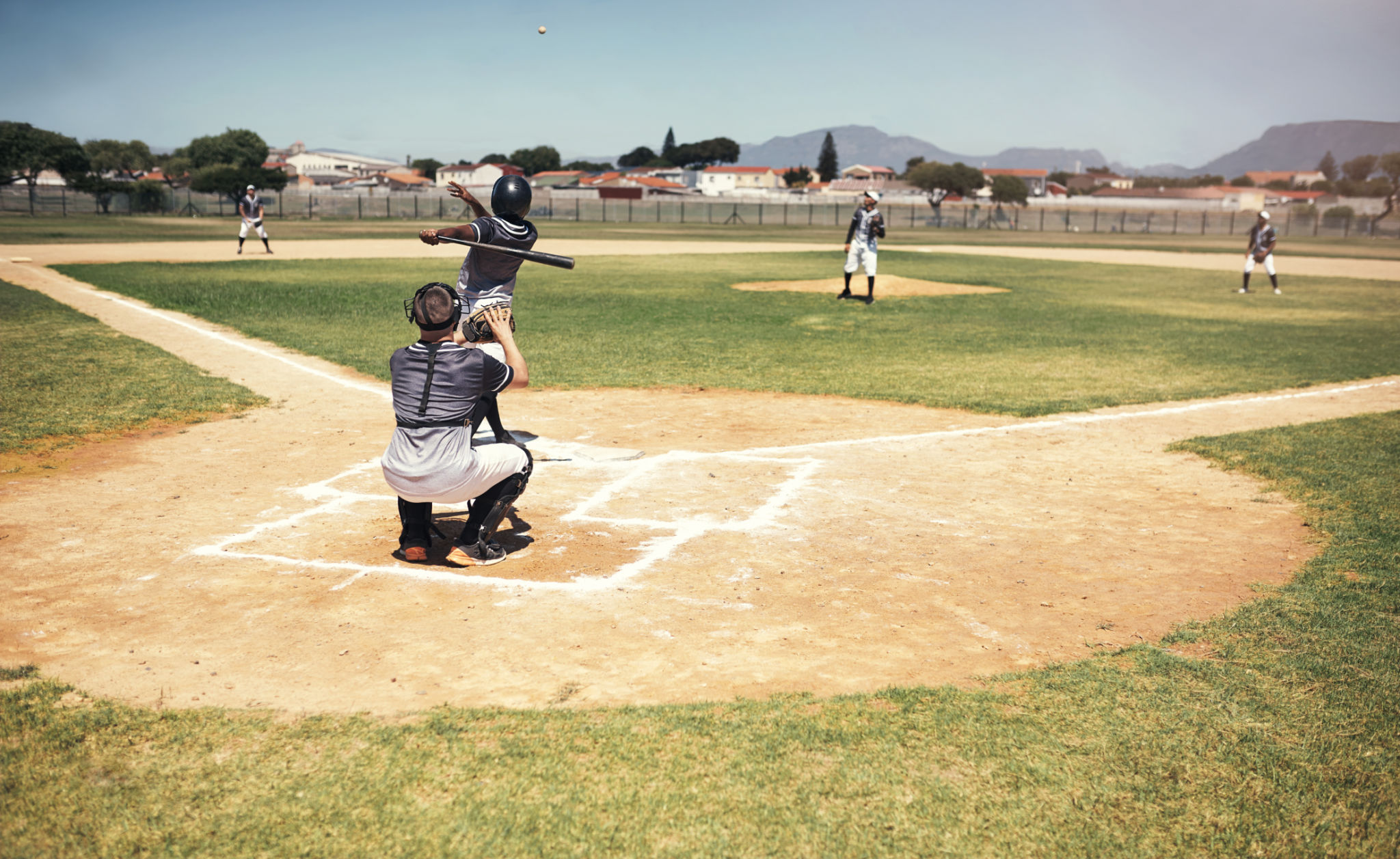How to Choose the Right Baseball Equipment for Youth Players
Understanding the Basics
Choosing the right baseball equipment for youth players is crucial for their safety, performance, and enjoyment of the game. As young athletes develop their skills, having the right gear can make all the difference. It's essential to consider the player's age, skill level, and personal preferences when selecting equipment.
Baseball equipment generally includes bats, gloves, helmets, cleats, and protective gear. Each piece has specific features designed to enhance performance and ensure safety. Understanding these features will help you make informed decisions.

Finding the Right Bat
The bat is one of the most important pieces of equipment in baseball. When selecting a bat for a youth player, consider the material, length, and weight. Bats made from composite materials or aluminum are lightweight and durable, making them ideal for young players.
The bat's length should be proportional to the player's height and strength. A bat that is too long or too heavy can hinder a player's swing and lead to poor performance. Aim for a bat that allows the player to maintain control while swinging.
Weight Drop
The weight drop, calculated by subtracting the bat's weight from its length, is another critical factor. For youth players, a higher weight drop (-10 to -13) is usually recommended as it provides a lighter bat that is easier to handle.

Choosing the Perfect Glove
A well-fitting glove is essential for catching and fielding. The glove's size depends on the player's position; infielders typically use smaller gloves for quick transfers, while outfielders use larger ones for catching fly balls. Youth gloves tend to range from 9 to 12 inches.
Material also plays a role in comfort and durability. Leather gloves offer superior quality but require more break-in time, while synthetic materials are more affordable and easier to maintain.
Helmet and Protective Gear
Safety is paramount in baseball, making helmets and protective gear indispensable. Helmets should fit snugly without causing discomfort and must meet safety standards. Look for helmets with additional padding for enhanced protection.

Other protective gear includes chest protectors, especially for catchers, and protective cups. Ensure all protective equipment fits properly to avoid restricting movement while providing adequate protection.
Selecting Appropriate Footwear
Footwear affects a player's speed and stability on the field. Baseball cleats are designed to provide traction on grass and dirt surfaces. For youth players, rubber or molded cleats are recommended due to their safety features and comfort.
The right fit is essential; cleats should provide support without being too tight. Properly fitting shoes reduce the risk of blisters and injuries, allowing players to focus on their performance.

Conclusion
Selecting the right baseball equipment for youth players involves understanding their needs and preferences. By investing in quality gear that fits well and meets safety standards, you can help young athletes develop their skills while enjoying the game safely and confidently.